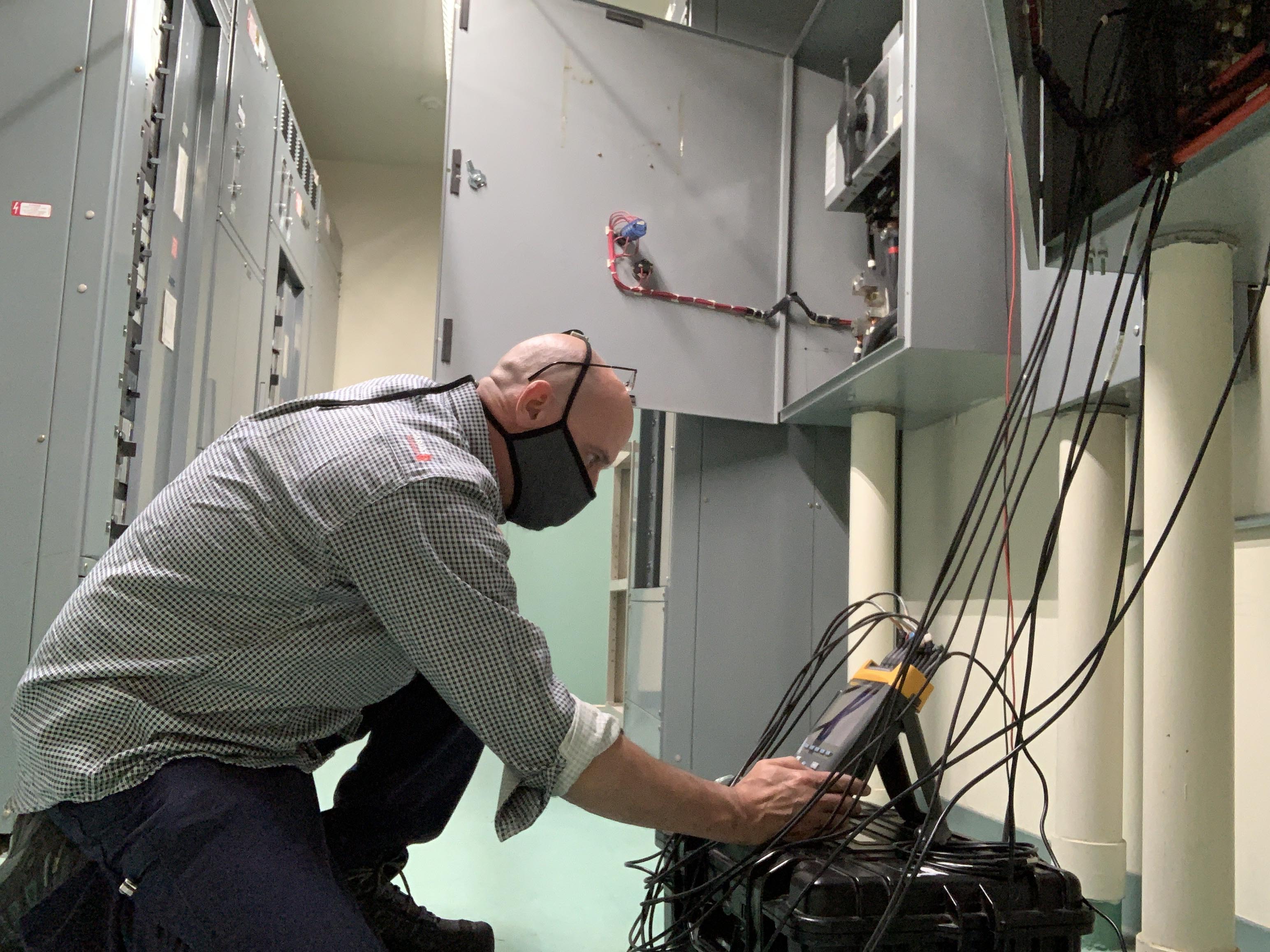Ensuring Medical Center Power During a Power Outage

Meeting the electrical demands of a medical center during a power outage is challenging, especially if that center is in a remote community off the road system, like Cordova.
ACEP is collaborating with Cordova Community Medical Center, Cordova Electric Cooperative, University of Minnesota Twin Cities, National Renewable Energy Laboratory and Pacific Northwest National Laboratory to identify the medical center's electrical and thermal energy requirements and how these requirements could best be met during power outages.
The UMN/NREL effort focuses on the electrical loads and is funded under a larger Advanced Research Projects Agency–Energy OPEN project, "Rapidly Viable Sustained Grid," led by UMN. The PNNL effort focuses on the thermal loads and storage and is funded by the U.S. Department of Energy Office of Electricity Energy Storage program. The goal is to identify demand response, energy storage and generation technologies that can meet the medical center’s critical loads for as long as possible during an outage.
ACEP's Rob Bensin recently returned from a trip to Cordova where he performed an energy audit for CCMC. In addition to identifying areas for efficiency improvements, he documented electrical and thermal load flow points suitable for metering. The next step will be to identify a suitable metering platform to collect load profiles. The platform will also provide CCMC personnel with a situational awareness of facility operations, enabling early detection of problems. The load profiles will enable ACEP, UMN, NREL and PNNL researchers to identify strategies to sustain critical medical center operations during contingency events.
For more information on this project, contact Mariko Shirazi at mshirazi@alaska.edu.
Rob Bensin conducts an energy audit at the Cordova Community Medical Center. Photo courtesy of Rob Bensin.



